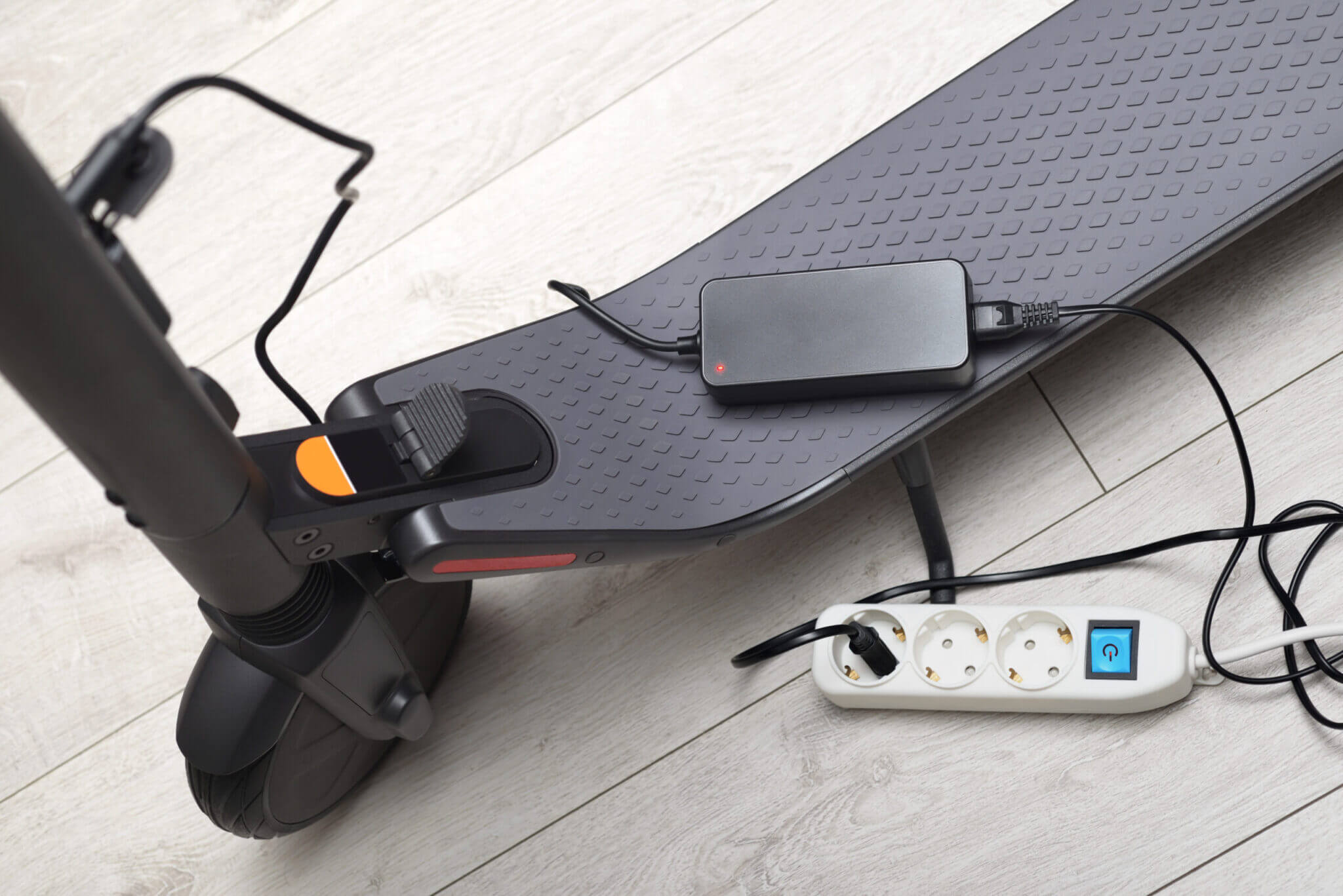Who Can Get AS9100 and ISO 9001 Certified, and How Long Does It Take?
Read Storyby Maria Batt
One of the most well-known lithium-ion battery transport regulations is the 30% state-of-charge rule, mandated by the International Civil Aviation Organization (ICAO). This rule is based on the fact that lower charge levels reduce the risk of thermal runaway.
But is this rule enough? And why do industry experts still push for stronger packaging regulations despite this limit?

Why the 30% Rule Exists
Lithium-ion batteries are safest when they contain less stored energy. ICAO determined that at or below 30% charge, batteries:
While effective, the rule has limitations, which is why the SAE G27 Lithium Battery Packaging Performance Committee is working to improve transport safety.
Why Additional Packaging Standards Are Still Needed
Conclusion
The 30% rule helps, but stronger packaging solutions are necessary to ensure comprehensive lithium battery safety. The G27 standard is the next step in making global battery transport safer.